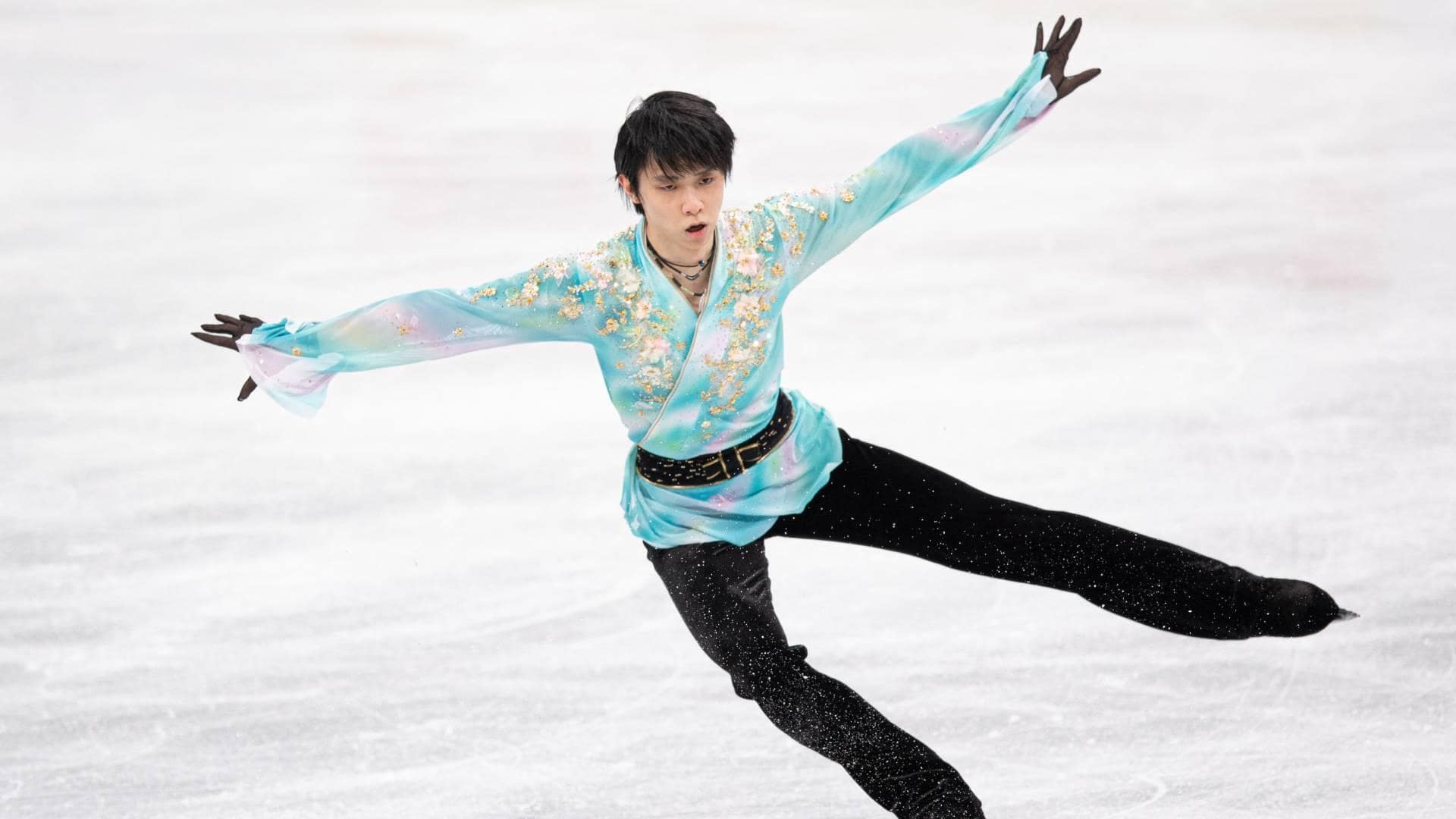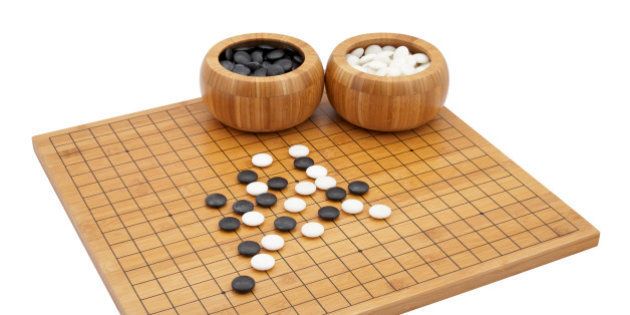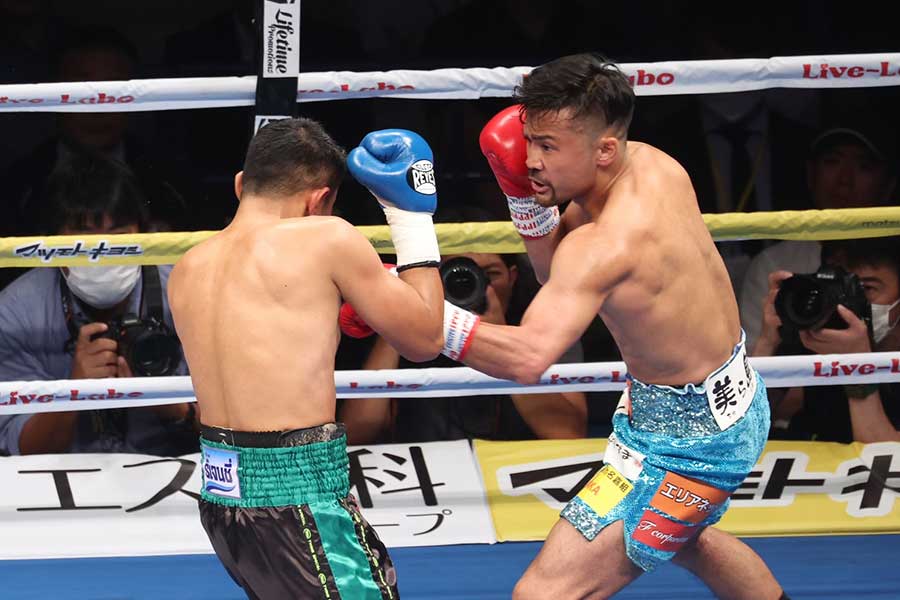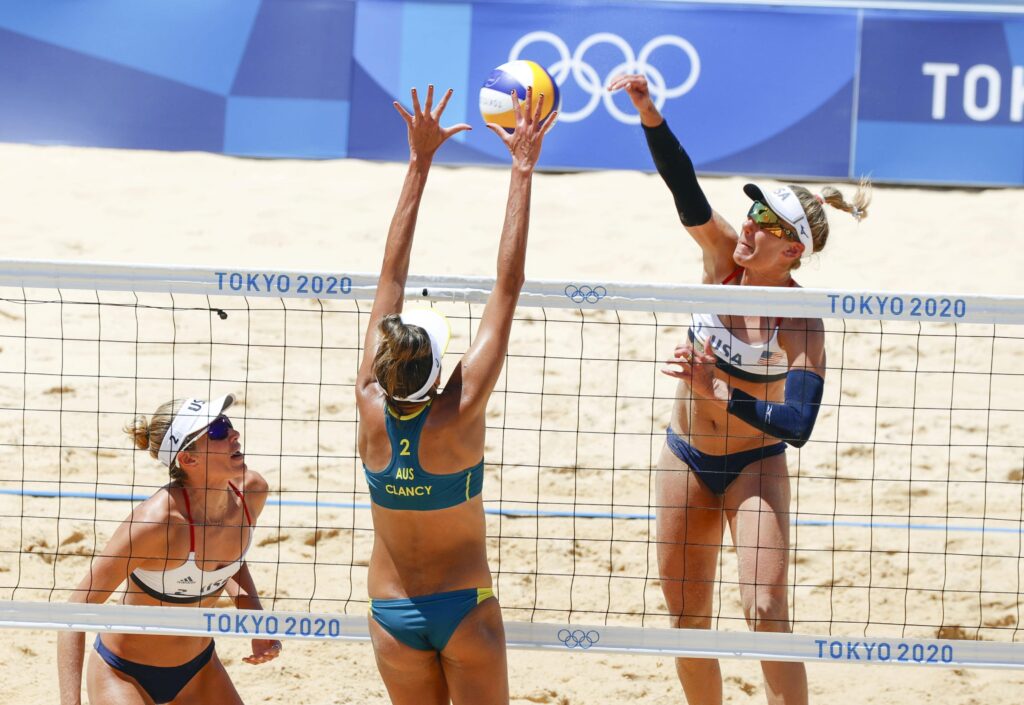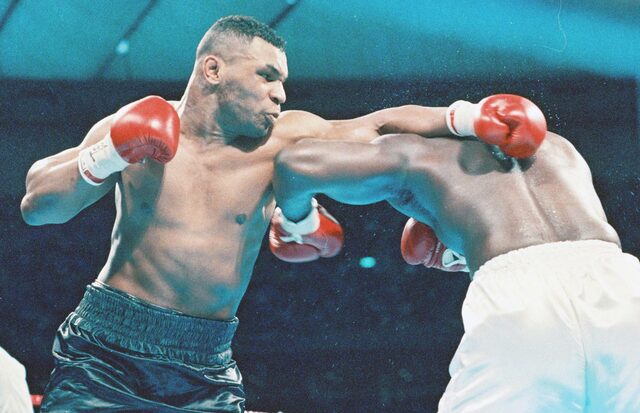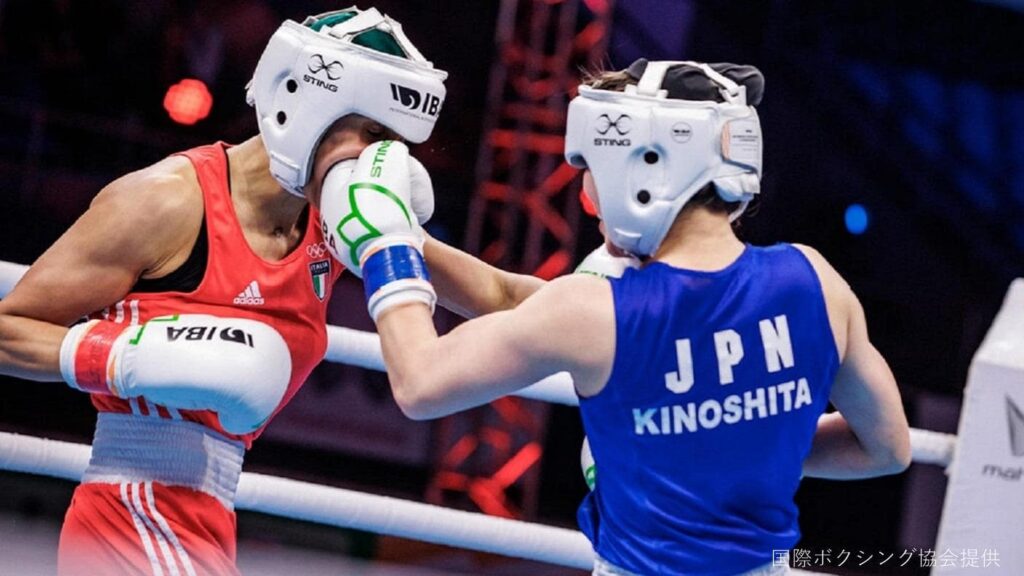
Success in boxing is based on three pillars: technique, strategy, and mental strength.
In order to achieve victory in the ring and gain true strength, you must constantly refine these elements.
However, the question many boxers face is, “How exactly should I proceed with my training?”
This article presents a comprehensive approach to getting stronger in boxing. From learning basic techniques to building fitness and understanding tactics, we provide practical guides to take you to the next level.
Of course, the road to growth doesn’t happen overnight, but with the right approach and dedicated training, it’s possible to achieve your goals.
目次
Master the basics of boxing
In order to be successful in boxing, it is essential to first master the basics.
Correct stance, footwork, and effective jab and punching techniques form the foundation of boxing.
Mastering these basic elements will give you an advantage in both defense and attack.
The importance of correct stance and footwork
- Stance: Stance in boxing is the foundation of balance and stability. Spread your feet slightly wider than shoulder width and place one foot slightly in front of you. Your front foot should be facing your opponent, and your back foot should be facing slightly behind you. From this position, you are ready to punch and move quickly to avoid your opponent’s attacks.
- Footwork: Effective footwork is essential for moving around the ring, maintaining balance, and positioning when attacking and defending. While moving around lightly, it is important to always maintain balance, look for opportunities to attack, and prepare for defense.
Effective jab and punching techniques
- Jab: The jab is the most basic and important punch in boxing. It is a punch that measures the distance to the opponent and is the opening punch when launching an attack, and is also used to break down the defense or keep the opponent in check. Using a jab effectively requires speed and accuracy. From the correct stance, quickly extend your forearm and deliver the punch.
- Punching Techniques: Effective punching techniques include crosses, hooks, and uppercuts. These punches are used to break the opponent’s guard, which is opened with a jab. When throwing a punch, it is important to use the rotation of the hips to amplify the power and drive the punch accurately toward the target.
conclusion
Mastering the basic elements of boxing is the first step for beginners to grow and improve in the sport.
Learning the correct stance and footwork, and being able to use jabs and other punching techniques effectively will greatly improve your performance in the ring.
With continued practice and modification, you can develop these basic skills and progress to advanced techniques.

Building strength and stamina
In boxing, physical strength and stamina are important factors that are directly linked to victory.
In order to fight through long rounds and maintain high performance until the end, you need training that increases both your endurance and strength.
Cardio training to improve endurance
- Running: Running is the most basic cardio training to improve your endurance. Long-distance running strengthens your cardiorespiratory fitness, while short-distance sprints allow you to perform at high intensity.
- Jump roping: Jump roping is a great workout that develops foot speed, coordination, and cardio at the same time. By incorporating a variety of jump patterns, you can continue without getting bored.
- Circuit Training: Circuit training, which combines multiple cardio exercises, is effective for improving cardiovascular fitness and reducing body fat. High-intensity interval training (HIIT) allows you to get maximum results in a short amount of time.
Strength training to increase power and speed
- Weight training: Weight training is important to increase the power of your punches. Basic lifting exercises like bench presses, deadlifts, and squats improve your overall strength.
- Plyometric training: Plyometric training is a great way to develop explosive power and speed. Jumping squats and box jumps work a lot of muscles in a short amount of time, leading to increased speed and power.
- Core Training: A strong core is essential for powerful punches and effective defense. Core exercises like planks and Russian twists increase body stability and punch power.
conclusion
Success in boxing is not just about skill.
Physical strength and stamina, power and speed are all required at high levels. A combination of cardio training to improve endurance and strength training to increase power and speed will help you stay strong to the end in the ring.
Continuous effort and correct training methods are the keys to growth and success in boxing.

Learn defensive techniques: avoid, block, and counter.
Defensive techniques in boxing are essential to surviving in a match and paving the way to victory.
The three elements of defense, avoidance, blocking, and countering, can be said to be the art of parrying attacks and exploiting the opponent’s weaknesses.
Mastering these techniques will greatly improve your confidence and control in the ring.
Avoid: Avoidance techniques
- Head Movement: A technique that involves moving your head quickly to avoid a punch. These include bob and weave (moving sideways while crouching) and slip (moving your head sideways). These actions will cause your opponent’s attacks to miss and create opportunities for counter attacks.
- Footwork: Get out of your opponent’s attack range by gaining distance with quick footwork. Effective footwork can improve your positioning and allow you to avoid attacks and secure advantageous positions at the same time.
Block: Defense techniques
- Using a guard: This is a basic defensive technique where you raise your hands to protect your face and body. A proper guard can prevent the opponent’s direct attack while preparing for a counter attack.
- Parry and Cover: A parry is a technique to deflect an opponent’s punch with your hands, and a cover is a movement to protect your body with your arms when receiving a strong punch. These techniques are important to minimize damage.
Counter: Counterattack technique
- Counter Punch: A technique of quickly counterattacking after dodging or blocking an opponent’s attack. Timing and accuracy in relation to your opponent’s attacks are key.
- Setting a trap: A strategy of luring an opponent into attacking them and creating an opportunity for a counterattack. Read your opponent’s patterns and aim for counters in a planned manner.
Positioning and distance management in the ring
Effective defense begins with proper ring positioning and distance management.
By maintaining the appropriate distance between you and your opponent, you can control the reach of your attacks and fight within your own advantageous range.
This can be improved through footwork and spatial awareness exercises.
conclusion
Mastering defensive techniques is a key component to a boxer’s success in the ring. By honing your dodging, blocking, and countering techniques, you can effectively block attacks while maximizing your chances of counterattacking.
These techniques can be used not only individually, but in combination for even greater effectiveness.
For example, by dodging with a head movement and then quickly delivering a counter punch, you can cause unexpected damage to your opponent.
In addition, improving your ability to manage positioning and distance in the ring will give you a great advantage not only in defense but also in attack.
By controlling your positioning, you can fight while maintaining your preferred distance, making it easier to attack your opponent’s weaknesses.
It is important to gradually improve defensive techniques through training and practice.
By actively sparring and facing different types of opponents, you can hone your defensive reactions in real combat.
Analyzing your own movements and your opponent’s attack patterns through video analysis will also help you improve your technique.
Ultimately, mastering defensive techniques and managing position and distance in the ring lays the foundation for a boxer to fight safely and move closer to victory.
These skills take time and effort, but with continued practice and learning, you can greatly improve your confidence and performance in the ring.

Understanding strategy and tactics
In boxing, the key to victory is not only physical ability and technique, but also an understanding of strategy and tactics.
Developing strategic thinking and adapting fighting styles and diversifying tactics are essential to success in the ring.
By mastering these elements, you will be able to respond effectively to any opponent.
Reading the Other: Developing Strategic Thinking
- Identify your opponent’s patterns: Observe your opponent’s fighting style, preferred combinations, and reaction trends to identify patterns. This makes it easier to predict your opponent’s next move.
- Identify weaknesses: Look for gaps in your opponent’s defense or signs of fatigue and use them as opportunities to attack. For example, you can find weaknesses such as low guard or delayed counterattacks after certain combinations.
- Reading the battle situation: Understand the flow of the game and decide whether you have an advantage or disadvantage and whether you should attack or defend. Flexible changes in strategy according to the war situation will lead to victory.
Adaptation of fighting styles and diversification of tactics
- Style adaptation: Based on your favorite style (outboxer, infighter, swarmer, etc.), adapt according to your opponent’s style and tactics. We respond flexibly, such as applying pressure if the opponent is an out-boxer, or keeping distance if the opponent is an in-fighter.
- Diversification of tactics: The ability to change tactics during a match without sticking to one strategy is important. For example, you can gradually change your tactics by using a lot of jabs in the early rounds to gauge your opponent, increasing your power punches in the middle, and aiming for counters towards the end.
- Managing mental pressure: Focus on the mental game as well as tactical diversification. Feints to disrupt the opponent’s concentration and actions that apply mental pressure are also part of the strategy.
conclusion
Understanding and applying strategy and tactics is a key element for victory in boxing.
By improving your ability to read your opponent, flexibly adapting your fighting style, and diversifying your tactics, you can establish your superiority in the ring.
These skills are honed through experience and continuous learning, and require constant self-reflection and improvement in order for a boxer to continue to grow.
It’s important to use the feedback you get from matches and sparring to adjust your training plan.
Observing other players’ games also helps develop strategic thinking and expands your tactical range.
By learning from players who adopt different styles and tactics and applying that to your own approach, you can become a more complex and unpredictable player.
Ultimately, an understanding of strategy and tactics is directly linked to the ability to remain calm and flexible in the ring.
If you can make the most of your own strengths and exploit your opponent’s weaknesses, you will be able to turn the flow of the match to your advantage.
The path to success is one of continuous learning and practice, and we must remember that boxing is not just a physical sport, but also a strategic and intellectual one.

mental training
Success in boxing requires not only technique and physical strength, but also strong mental strength.
Staying focused and calm under pressure, building motivation and self-belief will have a huge impact on your performance in and out of the ring.
Here are some ways to help strengthen your mental health.
Staying focused and calm under pressure
- Learn breathing techniques: Deep breathing is an effective way to regain calm in tense or stressful situations. Taking deep breaths before a game or when you’re feeling nervous can help calm your heart rate and improve your concentration.
- Visualization: Visualize match or training scenarios in your mind and visualize yourself succeeding, increasing your readiness and confidence for real-life situations. Visualization can help reduce anxiety and increase confidence in achieving your goals.
- Mental training: Meditation and mindfulness can help you calm your mind and focus on the present moment. Practicing these techniques regularly will help you stay calm in high-pressure situations.
Building motivation and self-confidence
- Goal Setting: Stay motivated and build self-confidence by setting short-term and long-term goals. Goals should be specific and achievable, with each achievement increasing your confidence.
- Positive self-talk: Negative thoughts about yourself can lead to poor performance. It is important to maintain positive self-talk and believe in your own abilities.
- Reflection and evaluation of accomplishments: Strengthen your self-belief by reflecting on your past successes and recognizing the lessons you learned from them. It is also important to learn from mistakes and see them as opportunities for growth.
conclusion
Mental training is essential for success in boxing.
Maintaining concentration and calm under pressure, believing in yourself and having the strength to move forward will lead to victory in the ring.
Deepening your self-confidence and maintaining your motivation through continuous mental training is essential to your growth as a boxer.

gain practical experience
Accumulating experience in battles is essential in honing your boxing skills.
It will be important to not only practice techniques and strategies, but also have the opportunity to apply and adjust them in a real match environment.
The use of sparring sessions and competitive boxing experience are essential elements in an athlete’s development.
Utilizing sparring sessions
Sparring is one of the best ways to test your skills and practice strategies in near-combat situations. Below are some tips to help you get the most out of your sparring sessions.
- Sparring with a variety of opponents: By sparring with boxers of different styles and levels, you will develop the ability to respond to a variety of tactics. You can adjust your style to suit your opponent and try new tactics.
- Practice specific scenarios: Use sparring sessions to focus on practicing specific tactics and scenarios. For example, you can focus on practicing the techniques you want to use in a real fight, such as the timing of a counter punch or executing a specific combination.
- Use feedback: After sparring, receive feedback from your trainers and partners to understand where you can improve. It is important to know your own weaknesses and reflect them in your training to strengthen them.
The importance of experience in competitive boxing
Participating in actual matches is a valuable experience for your growth as a boxer. The experience gained through matches brings many benefits, including:
- Adapting to pressure: Matches come with different pressures than sparring. By participating in competitions, you can develop the ability to perform at your best even under high pressure.
- Building Confidence: Winning a game increases your confidence, and losing can also help you learn and grow. Both results contribute to your mental growth as a player.
- Practicing strategies and tactics: Field experience provides an opportunity to try out and adjust strategies and tactics in a real match environment. This allows you to be more decisive and adaptable in the ring.
conclusion
Practical experience is essential for improving your technique, strategy, and mentality as a boxer. By utilizing sparring sessions and gaining experience with a variety of opponents, you will develop your ability to respond to a variety of styles and tactics.
Also, by participating in actual matches, you can improve your ability to act calmly under pressure and your ability to make instant decisions.
The value of trying out the techniques learned in training and sparring in the real world of a match is immeasurable.
Success in a fight is important, but the lessons learned from defeat are also essential to growing as a boxer.
Regardless of whether you win or lose, all experiences make you stronger and serve as fuel for you to take the next step.
Ultimately, gaining real-world experience builds the foundation for a boxer to be confident in and out of the ring, improving technique, refining strategy, and training mentally.
The path to success is built on continuous learning and gaining experience, and it is through these that a boxer gains true strength.

diet and recovery
In the grueling sport of boxing, physical strength, stamina, and the ability to recover from injury are important.
To support these, proper nutrition and management of the recovery process are essential.
Dig into diet and recovery strategies to improve boxers’ performance and recovery from training.
Nutrition for boxers: performance-enhancing diets
- Balanced nutrition: It is important for boxers to have a balanced intake of key nutrients such as protein, carbohydrates, and fats. Protein is needed for muscle repair and growth, carbohydrates are needed as an energy source, and fats are needed for hormone production and energy storage.
- Energy management: Optimize your energy supply by increasing your carbohydrate intake before and after training or competition. Before long training sessions or competitions, it’s helpful to consume complex carbohydrates, which provide a slow release of energy.
- Hydration: During intense training or competitions, you sweat a lot. Proper hydration is essential to maintaining performance and preventing heat stroke. In addition to water, it is also important to replenish with sports drinks that contain electrolytes.
Adequate rest and managing the recovery process
- Adequate Rest: Just as much as training, rest is an important part of your training program. Adequate sleep contributes to muscle recovery, mental refreshment, and improved performance.
- Active Rest: Incorporating light activity (active rest) even on days of complete rest increases blood flow and aids recovery. Light jogging, stretching, and yoga are effective.
- Use recovery techniques: Recovery techniques such as massage and foam rolling can help relieve muscle fatigue and increase flexibility. These techniques reduce the risk of injury and prepare you for your next training session.
conclusion
Nutrition and recovery play an important role in continuing to compete at a high level. Proper dietary nutrition and an effective recovery process that incorporates rest can help boxers get the most out of their training and improve their performance in the ring.
Increasing awareness of nutrition and recovery not only helps with physical recovery, but also maintains motivation for training and promotes mental health.
In terms of injury prevention, balanced nutrition and proper recovery strategies also lay the foundation for long-term participation in sports.
Performance in actual training and matches is formed from small accumulations in daily life.
From planning your meals to staying hydrated, getting enough sleep, and taking care of your body, everything is consistently important. Proper nutrition, rest, and the use of recovery techniques are essential for boxers to withstand training loads, extend their competitive longevity, and perform at their best.
In any sport, including boxing, the path to success depends not only on technique and strategy, but also on taking care of both the body and mind.
Therefore, athletes themselves are required to understand their bodies, learn what is optimal nutrition, and how to recover.
By working with a trainer and nutritionist to develop a personalized nutrition plan and recovery strategy, boxers can reach their full potential and shine in the ring.
Click here for boxing glossary



